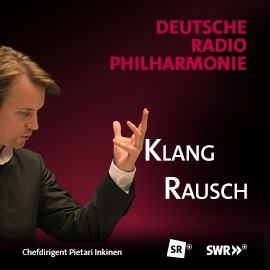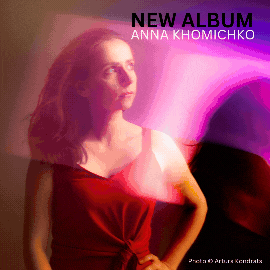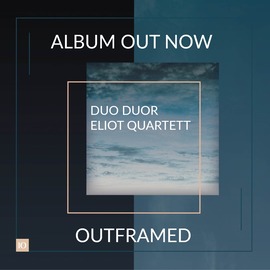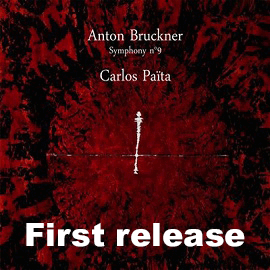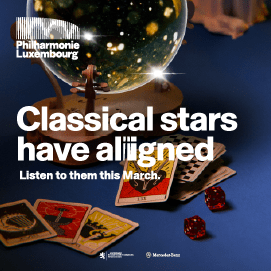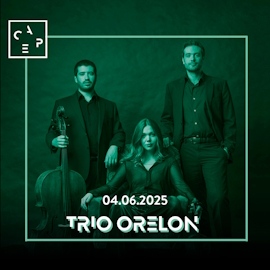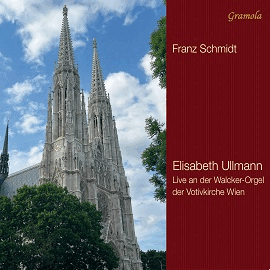Giovanni Battista Fasolo (1598 – 1680) war ein italienischer Komponist, Organist und Kapellmeister des frühen Barock und ein Mitglied des Franziskanerordens. Ob er wirklich hinter dem Namen Il Fasolo zu suchen ist oder ob dieser eher Francesco Manelli zuzuschreiben ist, ist nicht restlos geklärt.
Im Jahr 1647 war er in Rom als Organist beim Generalkapitel der Franziskaner tätig. Sein Wechsel nach Palermo auf Sizilien erfolgte zwischen 1649 und 1652; belegt ist hier zwischen 1659 und 1664 sein Amt als Kapellmeister an der Kathedrale von Monreale in der Nähe von Palermo.
Fasolo war ein vielseitiger Komponist und schuf neben geistlicher und weltlicher Vokalmusik auch als einer der ersten in Italien Werke für Gitarre und Orgel.
Der Musik Fasolos, der nicht nur die Form perfekt beherrschte, sondern der auch ein gutes Gespür für elegante Melodien und wirkungsvolle Stimmungskontraste hatte, wird hier ein herausragender Dienst erwiesen.
Der Chor liefert eine beachtliche, sauber phrasierende und geschmeidige Darbietung, von einem substantiellen Orgelklang begleitet. Dieser stammt von der Antegnati-Formentelli Orgel der Kathedrale von Verona.
Dieses Set dokumentiert also eine verdienstvolle Arbeit, die als Katalogbereicherung sicher ihren Stellenwert hat.
Giovanni Battista Fasolo (1598 – 1680) was an Italian composer, organist and bandmaster of the early Baroque period and a member of the Franciscan Order. It is not entirely clear whether the name Il Fasolo is actually his, or whether it should be attributed to Francesco Manelli.
In 1647 he worked in Rome as organist for the General Chapter of the Franciscans. Between 1649 and 1652, he moved to Palermo, Sicily; there is evidence that between 1659 and 1664, he was director of music at the cathedral of Monreale, near Palermo.
Fasolo was a versatile composer who, in addition to sacred and secular vocal music, was one of the first in Italy to write works for guitar and organ.
The music of Fasolo, who had not only a perfect command of form but also a good sense of elegant melodies and effective atmospheric contrasts, is given an outstanding service here.
The choir delivers a remarkable, cleanly phrased and supple performance, accompanied by a substantial organ sound. This comes from the Antegnati-Formentelli organ in Verona Cathedral.
This set thus documents a commendable work that certainly has its place as an enrichment to the catalog.



